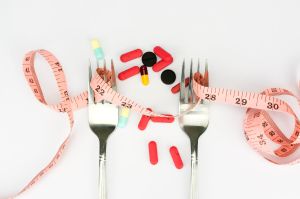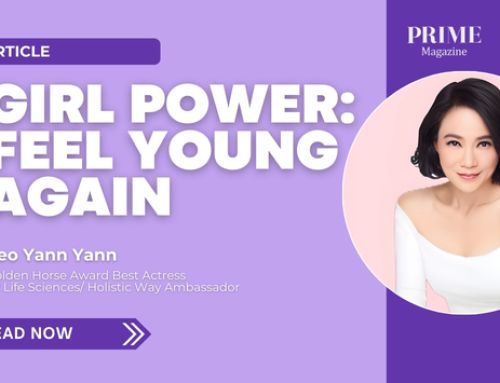Not long ago, a young woman came into my clinic asking for a facial. She looked visibly downcast. As we chatted, she shared something deeply personal – after her pregnancy, she no longer felt beautiful. She had lost confidence in her body and tried everything from dieting to exercise, but nothing worked. Eventually, she gave up trying.
Her story isn’t unique. In fact, it’s incredibly common. Many people are silently battling the same frustration – trying to lose weight, following every diet trend, squeezing in workouts… yet the scale refuses to budge. Sounds familiar?
If you’ve been wondering why nothing’s working, or you’re secretly asking yourself, “Is it just me?” – you’re not alone. And more importantly, you’re not out of options.
Weight loss in 2025 isn’t just about calories in and calories out. It’s about science-backed tools, targeted treatments, and a holistic approach that supports both your body and mind. Let’s talk about what’s really available now and find out what might work best for you.

Why Weight Loss is About So Much More Than Looks
First, let’s get one thing straight – losing weight isn’t just about fitting into old jeans or looking better in photos. Carrying excess weight can increase your risk of serious health conditions like:
- Type 2 diabetes
- High blood pressure
- Heart disease
- High cholesterol
- Stroke
- Fatty liver disease
- Obstructive sleep apnoea
- Joint pain
Beyond the physical, there’s a mental toll. Many people experience low mood, poor self-image, or even depression, especially when their efforts feel invisible. The stigma surrounding weight can be hurtful and isolating, but change is possible.
How Can You Know If Your Weight May Be Affecting Your Health?
Obesity is defined as:
- BMI: Over 27.5 for Asians or over 30 for Caucasians
- Waist Circumference: Over 90 cm (men) or 80 cm (women) for Asians; over 102 cm (men) or 90 cm (women) for Caucasians
The general recommendation? Aim for an initial 5-10% weight loss over 6 months as a short-term, realistic goal.
If you’ve been trying to reach that goal with diet and exercise alone but just can’t get there – there are medical options that can help.

Part 1: Science-Backed Weight Loss Medications
When lifestyle changes aren’t enough, certain prescription medications can be life-changing tools in your journey. These include:
- Semaglutide
A type of GLP-1 receptor agonist, this medication works by reducing your appetite. It comes as a daily oral tablet or weekly injection. One version is FDA-approved for weight management, while others (originally for Type 2 diabetes) may be prescribed off-label for weight loss.
- Liraglutide
Also, in the GLP-1 category is liraglutide – a daily injection that curbs appetite and promotes weight loss. It’s shorter-acting than semaglutide and also FDA-approved for managing obesity.
- Orlistat
Taken three times daily with meals, this medication blocks fat absorption in the gut. However, be warned: side effects can include oily stools and gas. It’s not suitable if you have fat absorption or bile-related issues.
- Phentermine (Duromine)
This oral stimulant suppresses appetite and is used short-term. It’s best combined with diet and exercise and not recommended for individuals with certain health conditions (like heart disease or glaucoma).
Part 2: Non-Invasive Body Contouring Treatments
If you’ve lost weight but still have those stubborn fat areas that refuse to budge, body sculpting technologies could be your next step. These treatments are ideal for people who are already near their goal weight, but want targeted fat reduction.
- Fat Freezing (CoolSculpting)
This FDA-cleared treatment uses controlled cooling to freeze and eliminate fat cells. It’s suitable for areas like the chin, abdomen, thighs, upper arms, flanks and back fat. Expect to see up to 25% fat reduction in treated areas over 1-3 months. Multiple sessions may be needed.
- HIFU (High-Intensity Focused Ultrasound)
HIFU uses heat energy to destroy fat cells, while also stimulating collagen for skin tightening. A pre-treatment ultrasound scan helps to assess fat layer thickness. It’s a great option for people looking to tone and tighten with minimal downtime.
- Emsculpt (HIFEM Technology)
This device triggers intense muscle contractions, equivalent to 20,000 crunches in a 30-minute session. Emsculpt increases muscle mass and reduces fat at the same time. Ideal areas include the abdomen, buttocks, arms and thighs. A typical course involves two sessions per week for two weeks.

Your Weight Loss Journey is Unique – And So are Your Options
There’s no “one-size-fits-all” approach to weight loss. That’s why combining medical treatments, body contouring and lifestyle changes often delivers the best results.
- Diet and exercise are still essential.
- Medications can help you jumpstart progress when lifestyle changes alone aren’t enough.
- Non-invasive sculpting can address the final, stubborn areas once weight loss begins.
If you’ve ever felt like giving up, remember – you’re not alone, and you’re not out of options. Science is on your side, and support is available.
So, love yourself enough to take that first step, whether it’s booking a consultation or simply learning about your choices. Your health and confidence are worth it. PRIME












Leave A Comment